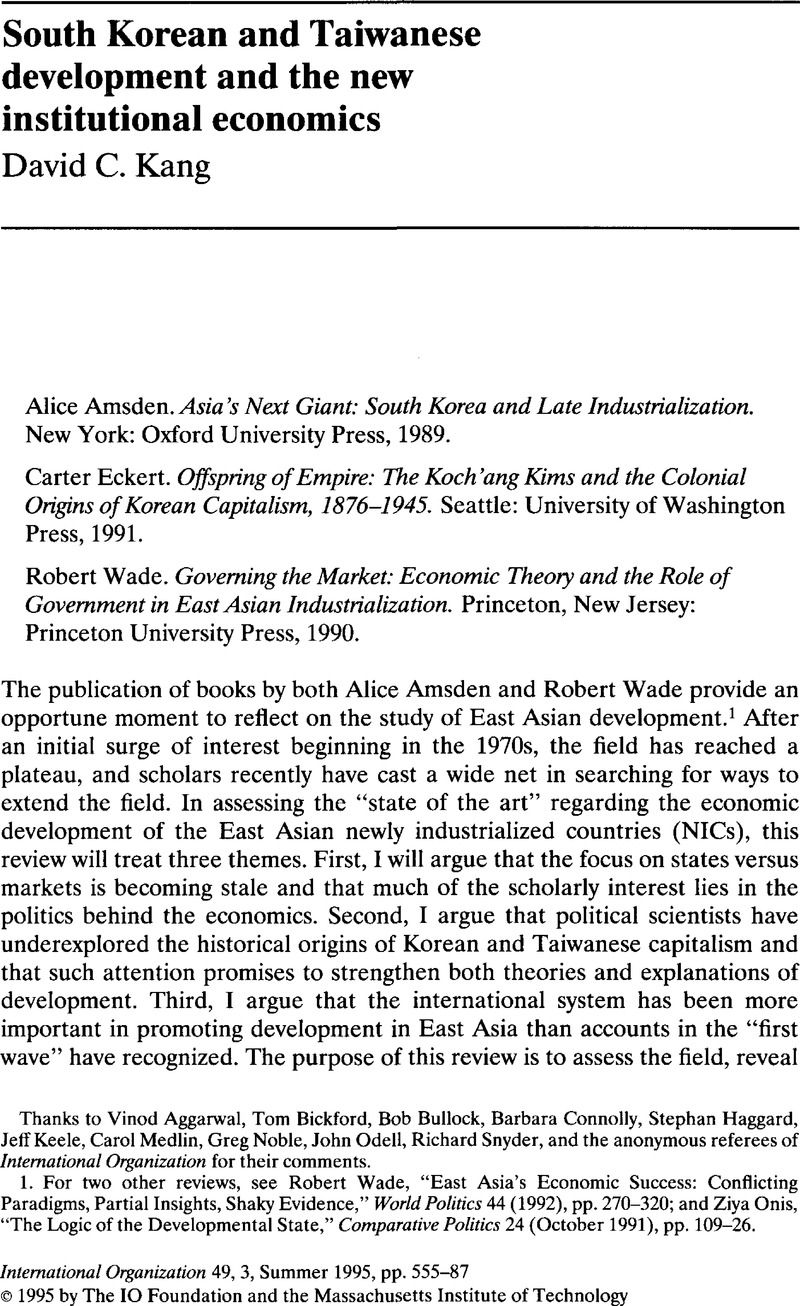Institutions And Economic Growth An Historical Introduction Pdf


Queen Movie Songs Free Download 320kbps. • • • Growth is usually calculated in real terms - i.e., terms – to eliminate the distorting effect of on the price of goods produced. Since economic growth is measured as the annual percent change of gross domestic product (GDP), it has all the advantages and drawbacks of that measure. The economic growth rates of nations is commonly compared using the ratio of the GDP to population or per-capita income. The 'rate of economic growth' refers to the geometric annual rate of growth in GDP between the first and the last year over a period of time. Implicitly, this growth rate is the trend in the average level of GDP over the period, which implicitly ignores the fluctuations in the GDP around this trend.
An increase in economic growth caused by more efficient use of inputs (such as labor productivity,, energy or materials) is referred to as intensive growth. GDP growth caused only by increases in the amount of inputs available for use (increased population, new territory) is called. Measuring economic growth [ ]. Main article: The economic growth rate is calculated from data on GDP estimated by countries´statistical agencies.
The Decline of Latin American Economies: Growth, Institutions. Of Latin American Economies: Growth, Institutions. The historical interaction of economic. Transaction Costs, Institutions, and Economic Performance. An '-3ternational Center for Economic Growth Publication.
Davis and Douglass C. North (with the assistance of Calla Smorodin), Institutional Change and American Economic Growth. Chapter 4 sketches substantial historical changes in the institutional environment: the rules governing the extent and weighting of voting rights, the legal basis for private property, and “the. By Douglass North; Institutions and economic growth: An historical introduction.



